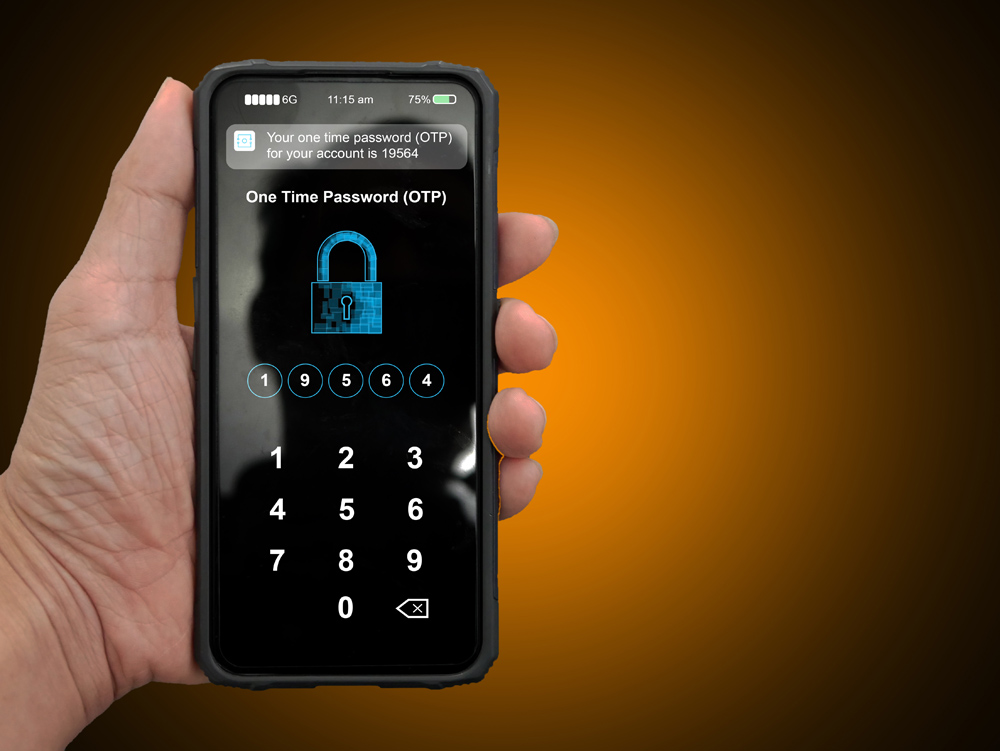Social engineering is a growing threat to businesses in Arizona and across the country. As an IT professional, it is my responsibility to help protect Arizona businesses from this type of attack. In this article, I will discuss the importance of social engineering prevention and provide tips on how businesses can protect themselves from these attacks. By taking the necessary steps to prevent social engineering, businesses can ensure their data and resources remain secure.
Table of Contents
What is Social Engineering?
Social engineering is an attack that manipulates people into giving up confidential information or performing specific actions. It typically involves deception and psychological manipulation to convince victims to provide access to sensitive data, accounts, or systems. Attackers may use social engineering techniques such as phishing emails, malicious links, and phone calls to access an organization’s networks and systems. Social engineering attacks can be difficult to detect and prevent because they rely on exploiting human behavior rather than technical vulnerabilities. Therefore, organizations need to educate their employees on recognizing and avoiding these types of attacks.

Types of Social Engineering
Social engineering attacks come in many forms, and organizations must be aware of the different types of social engineering tactics they may face. Common types of social engineering scams include phishing emails, malicious links, phone calls, and physical access. Let’s take a look at each type of attack in more detail.
Phishing
Phishing is a type of social engineering attack that involves sending emails or text messages that appear to be from a legitimate source, such as a bank or company. The attacker will typically include malicious links or attachments in the message, which can lead to the installation of malware on the victim’s computer. Phishing attacks are often difficult to detect because they are designed to look like legitimate messages. Examples of a phishing scam may include fake emails asking for personal information, such as passwords and credit card numbers, or links that download malicious software onto the victim’s computer.
There is also the spear-phishing attack, a more targeted form of phishing. In this type of phishing attack, the attacker will use personal information to make the message appear more legitimate.
Voice Phishing
Voice phishing, also known as vishing, is a type of social engineering attack that involves using the telephone to deceive victims into providing confidential information. Attackers will typically call victims pretending to be from a legitimate company or organization and ask for personal information such as passwords, credit card numbers, or bank account details.
They may also use this technique to gain access to systems by asking for login credentials or other sensitive data. Examples of voice phishing scams include calls from fake customer service representatives asking for payment information or from fake banks asking for account details. Vishing and pretexting are two of the most common social engineering attacks.

Baiting
Baiting is a social engineering attack involving leaving malicious items in public places, such as USB drives or CDs. Attackers will often leave these items where potential victims likely pick them up. Once the victim picks up the item and plugs it into their computer, malicious software is installed. For example, an attacker may leave a USB drive in a parking lot with the promise of free music or movies. When the victim plugs the drive into their computer, malware is installed without their knowledge.
Pretexting
Pretexting is a type of social engineering attack involving creating false identities or scenarios to gain access to confidential information. Attackers often use pretexting to access bank accounts, credit card numbers, and other sensitive data. For example, an attacker may call a victim pretending to be from their financial institution and ask for their account details. They may also create fake websites or emails that appear to be from legitimate companies to obtain personal information.
Quid Pro Quo
A Quid Pro Quo attack is when the attacker offers something of value in exchange for access to confidential information or systems. For example, an attacker may offer free software or services in exchange for a user’s login credentials. Attackers may also use this technique to gain physical access to a building by offering money or other incentives in exchange for entry.

Tailgating/Shoulder Surfing
Tailgating, also known as shoulder surfing, is a type of social engineering attack in which an attacker follows an authorized user into a secure area. For example, an attacker may follow someone with a key card into a restricted building area or follow an employee into the office after hours. Attackers may also use this technique to gain access to confidential information by looking over an authorized user’s shoulder while using their computer.
Social Engineering Prevention Tactics For Small Businesses In Arizona
Small businesses in Arizona can take several steps to protect themselves from social engineering attacks, and most start by ensuring their employees are aware of the risks.

Educate Employees on the Dangers of Social Engineering Threats
One way to educate employees about the dangers of a social engineering attacker is to provide examples of typical attacks, such as phishing emails or malicious links. Employees should be taught how to recognize these attacks and report them if they encounter them. Employees are your weakest link, and human error is often the cause of a successful social engineering attack. It is vital to ensure that employees know the risks and how to protect themselves.
Employees should always verify the identity of anyone requesting confidential information or access to systems. They should also be aware of the signs of a potential attack, such as an email from an unknown sender or a request for personal information. Or if accounting is asking for the release of funds, they should verify the request with a phone call or other means.
Implement Security Policies and Procedures
Small businesses should also implement security policies and procedures to help protect against security mistakes. These policies should include guidelines for handling confidential information, such as passwords and credit card numbers, and rules for accessing secure areas. It is also essential to ensure that all employees know these policies and procedures and understand the consequences of not following them. Security incidents must be reported immediately, and any suspicious activity should be investigated.
Monitor Access to Systems and Data
Small businesses should also monitor access to their systems and data to detect suspicious activity. This can include tracking user logins, monitoring for unusual network traffic, or using software that can detect malicious activity. By monitoring access to systems and data, small businesses can quickly identify any potential social engineering attacks and take steps to mitigate the risk.
Encryption Is Your Friend
Encryption is a security measure that scrambles data to be unreadable to anyone without the proper key. This can help protect confidential information from social engineering attacks by making it more difficult for attackers to access the data. Small businesses should use encryption whenever possible, such as storing sensitive information on computers or sending confidential data over the internet.

Use Multi-Factor Authentication
Multi-factor authentication (MFA) is a security measure requiring users to provide two or more pieces of evidence to access an account or system. This can include something they know, such as a password, something they have, such as a security token, or something they are, such as biometric data. MFA can help protect against social engineering attacks by making it more difficult for attackers to access confidential information.
Create Policies and Procedures for Handling Sensitive Information
Businesses should create policies and procedures for handling sensitive information, such as requiring employees to use strong passwords and two-factor authentication when accessing confidential data. Additionally, businesses should have a policy that requires employees to report any suspicious activity they encounter, such as phishing emails or requests for confidential information. Failure to follow these policies should be met with disciplinary action.
Implement Technical Security Measures
In addition to educating employees and creating policies, businesses should also implement technical security measures to protect against social engineering attacks. This could include using firewalls, spam filters, and intrusion detection systems to monitor suspicious activity and implementing two-factor authentication for access to sensitive data. Businesses should encrypt their data and use secure protocols such as SSL/TLS when transmitting confidential information over the internet. Last but not least, businesses should regularly back up their data in case of a breach or attack.
Wrapping Up
In conclusion, small businesses should take proactive steps to protect themselves from social engineering attacks. This includes training employees on recognizing and reporting suspicious activity, creating policies and procedures for handling sensitive information, implementing technical security measures such as firewalls and encryption, and regularly backing up data. Small businesses can ensure that their confidential information remains secure and protected from malicious actors by taking these steps.
For more information about social engineering prevention, please send us a message.


Recent Comments